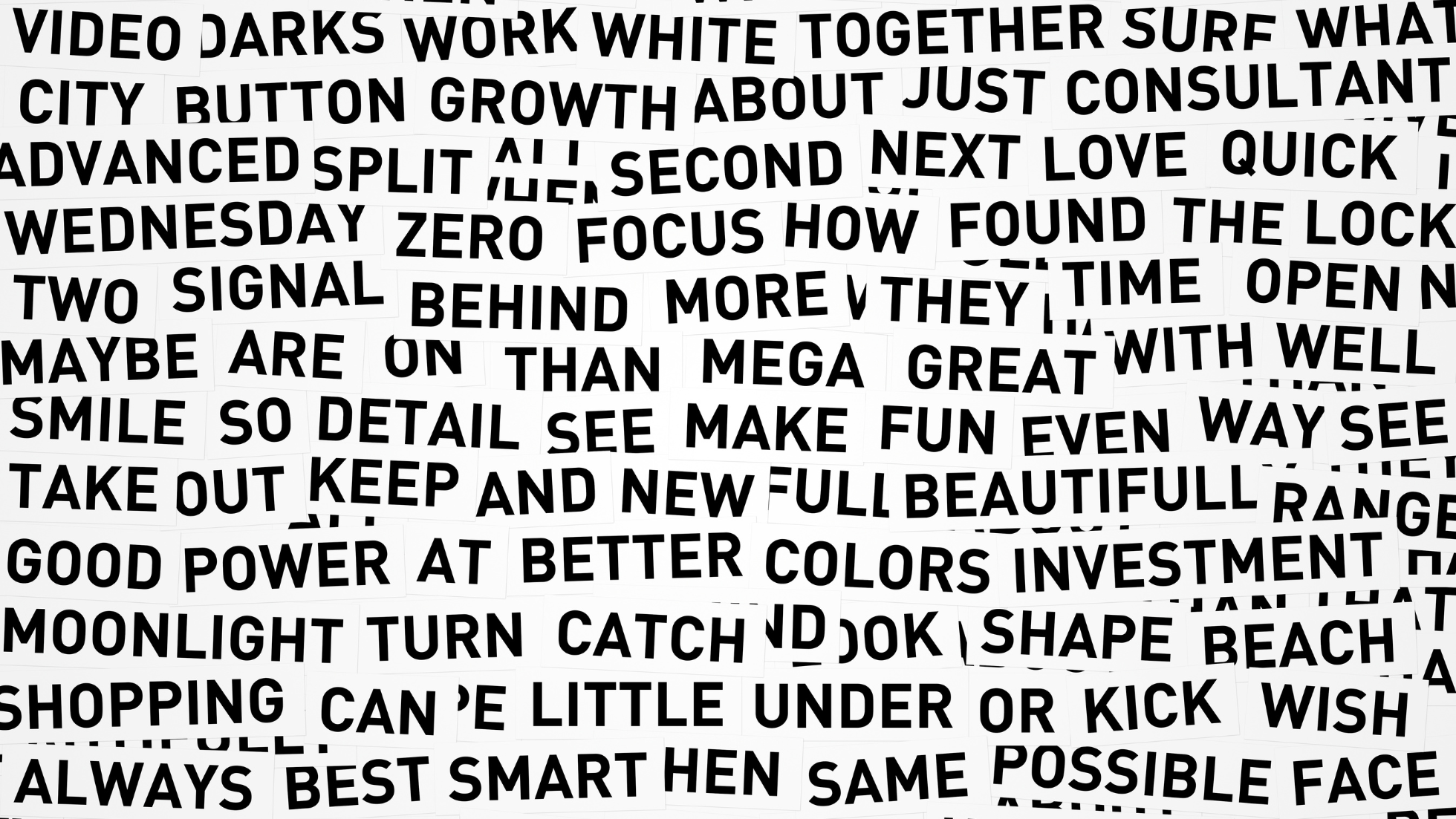
Communication is an integral part of human existence, deeply woven into the fabric of society. But often, when we speak of communication, we talk about the written or spoken word. In this article I cover the fact that communication is more than just words? There are many ways to communicate, but communication is a tool that transcends mere verbal exchanges, encompassing a broad spectrum of expressions and interactions.
Is communication limited to the words we speak or write? Or does it transcend these boundaries, encompassing a broader spectrum of expression?
This question invites us to look deeper into the multifaceted nature of communication.
While words, both spoken and written, are powerful tools, communication, in its essence, is far more expansive. It encompasses a myriad of forms, many of which do not rely on words at all. Let’s explore the diverse and sometimes subtle ways we communicate beyond the conventional confines of language.
Forms of Non-Verbal Communication
While it would be quite a task to list all the forms of non-verbal communication that exist, here are 12 everyday forms of communication that do not include the written or spoken word.
- Body Language: Gestures, posture, and movements can convey a wealth of information about our intentions, feelings, and reactions.
- Facial Expressions: Our faces can express many emotions without a single word being spoken.
- Eye Contact: How we look at someone can communicate interest, attention, approval, or discomfort.
- Touch: A handshake, a pat on the back, or a hug can convey warmth, sympathy, or congratulations.
- Tone: Even without words, the tone, pitch, and pace of our voice can express excitement, anger, affection, or concern.
- Art and Music: These creative expressions can communicate complex emotions and ideas that words may not adequately capture.
- Silence: Sometimes, silence can be a powerful communicator, expressing agreement, contemplation, or dissent. Silence is so powerful that Harvard even did a study on it.
- Sign Language: A complete language without spoken words, using hand movements, facial expressions, and body posture.
- Symbols and Imagery: Pictograms, logos, and visual art can convey messages and values universally understood across language barriers.
- Physical Space (Proxemics): The distance we maintain in interactions can communicate intimacy, aggression, or formality.
- Color Psychology: Colors can communicate moods or messages (e.g., red for danger or passion).
- Dress and Grooming: How we dress and present ourselves can communicate our personality, profession, and cultural affiliations.
What Is Communication?
While I answer the question, what is communication? in a separate article, I wanted to discuss it briefly here as well:
At its simplest, communication is the process of sharing information, ideas, feelings, and thoughts between people. It’s a complex interplay of verbal and non-verbal cues, encompassing everything from spoken words to body language, facial expressions, tone of voice, and artistic expressions like music and art.
Communication in Human Relationships
Communication is one of the most fundamental elements in forming and maintaining human relationships. It’s the mechanism through which people connect, understand each other, share experiences, and build bonds. Effective communication fosters empathy, trust, and understanding, which are the cornerstones of any strong relationship.
Communication Beyond Words
As you can see from the above list, communication is not confined to verbal language. It includes non-verbal cues like a smile, a frown, or a gesture. How we look at someone can communicate respect, interest, or disdain. Artistic expressions like paintings or music can convey emotions and messages that words sometimes cannot capture. This vast array of communication methods enriches human interaction, allowing for more profound and diverse connections.
The Impact of Communication
Communication profoundly impacts our emotions and perceptions.
Good news can uplift our spirits, fill us with joy, or provide relief.
Conversely, bad news can bring sadness, disappointment, or anxiety. How information is communicated can significantly influence how we receive and process it. For example, a doctor delivering a problematic diagnosis with empathy and care can make the news more bearable, demonstrating the power of effective communication.
Good vs. Bad Communication:
Not all communication is created equal. Good communication is clear, honest, and empathetic, considering the listener’s feelings and perspective. It builds relationships and resolves conflicts. Bad communication, on the other hand, is misleading, insensitive, or unclear, leading to misunderstandings and conflicts. Even complex messages, when communicated effectively, can minimize negative impacts and foster understanding.
Using Communication to Resolve Situations
Effective communication is a powerful tool for resolving challenges. It involves expressing thoughts and feelings openly and listening actively to others. By communicating, we can confront problems, seek solutions, and avoid the buildup of unspoken tensions. Discussing a problem can be the first step towards solving it, moving from internal turmoil to constructive dialogue and action.
Communication is an art that can bridge gaps, heal wounds, and build stronger relationships. When mastered, it’s an essential skill that can transform how we interact with the world and those around us.
I encourage you to embrace the power of communication to express yourself and as a tool for understanding, resolving conflicts, and enriching your life.
Also, check out my recent article, Communication Secrets Used by Top Leaders.
Love, Jim

